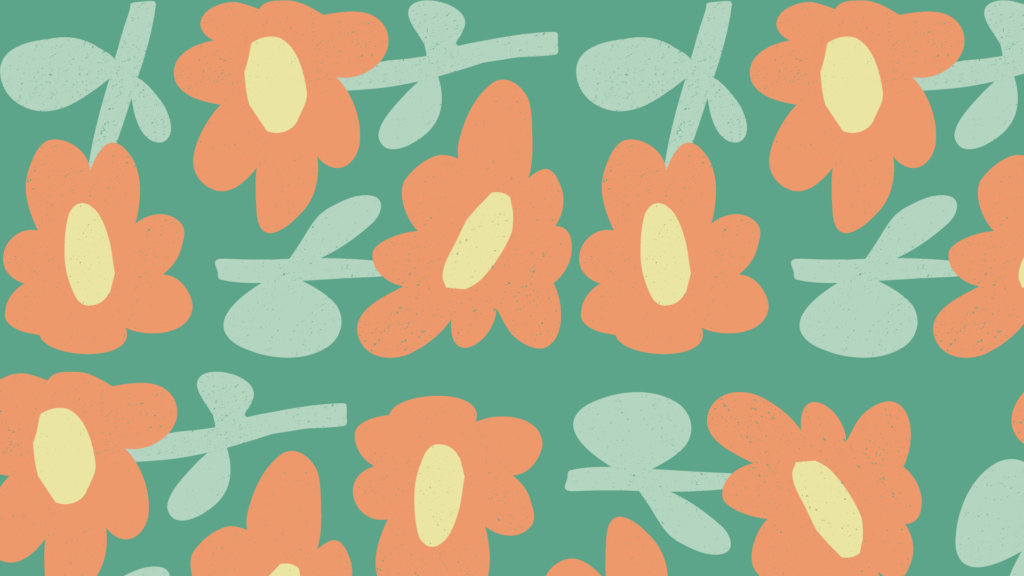
Writing has always been one of my favorite ways to express myself. When there are no expectations, writing feels like water dripping from the edge of a neverending well filled to the brim with ideas. It simply happens. Writing for the sciences is a little different because the intention behind my words leans more toward the propogation of knowledge and information rather than fostering creativity or a sense of self. It is something intertwined with participating in academia, so it is very familiar but also something I approach with apprehension. While I did not find myself conducting much introspection and self-exploration this semester, I did learn a lot about writing with a more scientific and straight-forward purpose. This was achieved with the help of analyzing the eight course learning objectives and reflecting on my successes and failures while implementing them during this semester.
My collaborative writing process has become more streamlined this semester. Usually, I would find myself grappling with my own ideas while availing to add those of my peers. Through my group work and writing, I was able to develop and engage in the collaborative and social aspects of writing processes as well as formulate and articulate a stance through and in my writing. The children’s book was a very valuable opportunity for learning, as it was initially difficult to concisely build off the ideas from my literature review and create a product that appealed to children. Working with my group members to plan a plot that incorporated the most important aspects of our research while remaining engaging and kid-friendly helped me exercise two of the objectives for this class.
Our peer review sessions made acknowledging the range of linguistic differences in my classroom very easy. Life is made simpler when one realizes that change and growth comes from seeing others as valuable resources who can lend their wisdom and aid to propel you forward to achieve new goals. That same idea could be applied in this class because I was able to draw upon the suggestions and advise of my fellow students resources to better develop rhetorical sensibility. When they edited my writing, I saw my pieces through a new lens and learned that I could work on improving my structure and syntax. New strategies for reading, drafting, revising, editing, and self-assessment also came naturally during peer review because I learned from the way they were taught to write and I was able to tell them how I was taught. For example, peer editing the rhetorical analysis helped me get a sense of some of the different writing styles there were in class. We were able to meld our processes of thought together and I integrated what I learned from those sessions into my writing for future assignments.
With every new assignment, I found myself negotiating my own writing goals and seeing how they diverged and converged with audience expectations regarding conventions of genre, medium, and rhetorical situation. After looking at the guidelines for a new project or essay, I was able to see how I can implement my prior knowledge and add all the new things I learned in class when we analyzed other articles and pieces. It was also easy to understand Professor Voisard’s expectations when we engaged in genre analysis, looked at multimodal composing, and explored effective writing in class. While I did not choose to create a public service campaign and did not truly delve into the world of multimodal composing, I felt that I learned so much about building off resources from the CCNY library, online databases, and the Internet and how to best apply them to my writing projects.
Even the in-class activities paved a way for me to achieve more of the objectives for this course. The many article and podcast analyses in class may have felt tiresome in the moment, but I was ultimately able to successfully strengthen my source use practices by evaluating texts, integrating my ideas with those of my fellow group members, quoting authors when needed, paraphrasing important information, summarizing stories, synthesizing new knowledge, analyzing different references, and citing sources.


